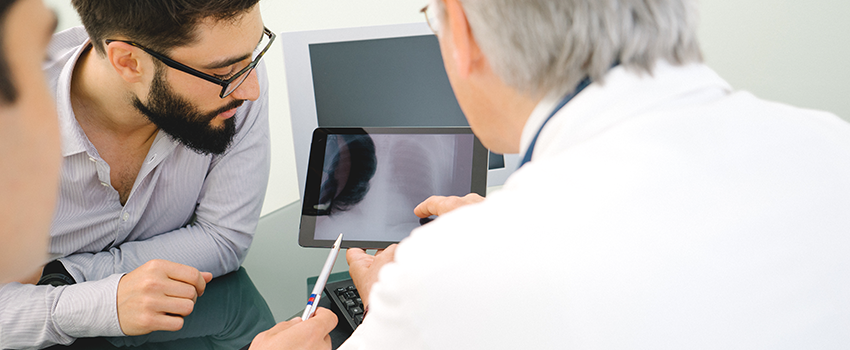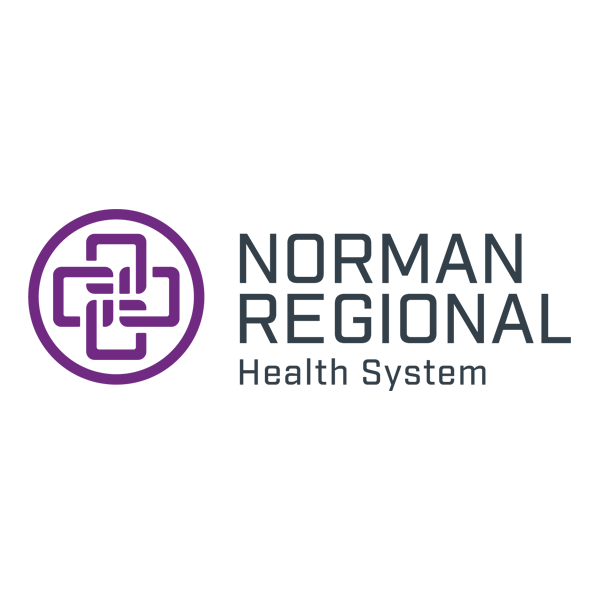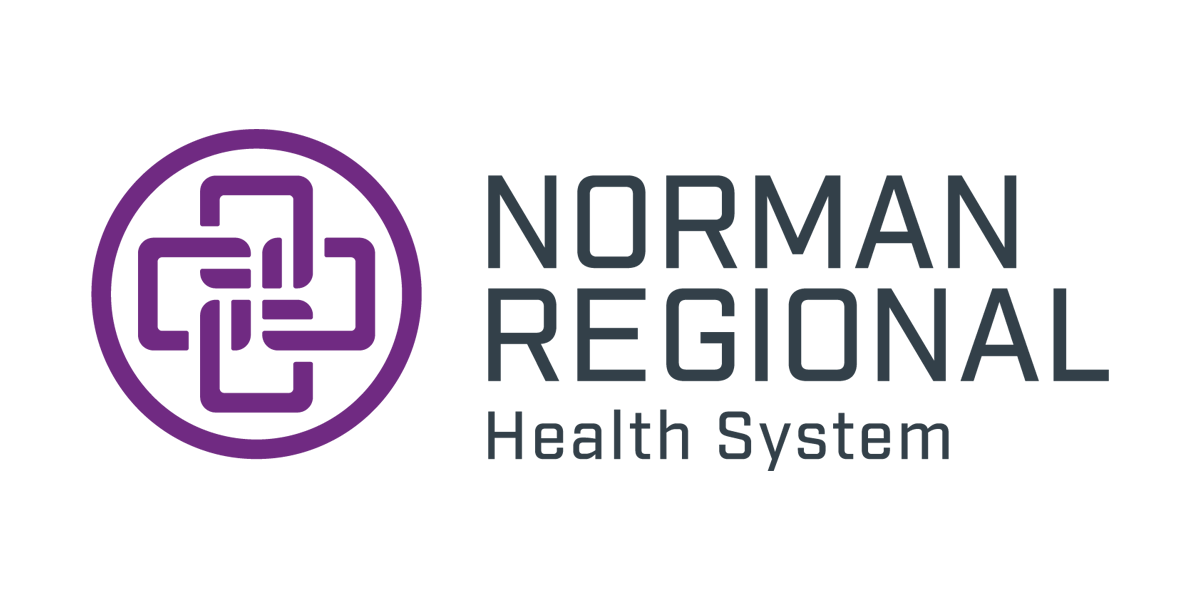
Thursday, May 17, 2018
Lung cancer is one of the most common cancers in the world and the leading cause of cancer death in the United States. According to the American Cancer Society, 1 in 14 Americans is diagnosed with lung cancer in their lifetime. The survival rate for men with lung cancer is lower than it is for women. In general, the prognosis of lung cancer is poor because it is not detected until it is already in a later stage. Fortunately, medical advances have made early detection and surgical treatment of lung cancer easier.
Diagnosis
For those at risk, routine lung scans can detect lung cancer early. The scan is a low dose computed tomography (CT) can of the chest. This non-invasive screening is recommended for people who:
- Are between the ages of 55 and 74
- Have smoke more than a pack a day for 30 years
- Currently smoke or have quit within the past 15 years
- Have been exposed to second-hand smoke for an extended period of time
- Had or have a job with exposure to radon, asbestos or diesel exhaust
Norman Regional offers a combined heart and lung scan. The screening utilizes a low-dose computed tomography (CT) scan to screen for lung cancer as well as measure the patient’s coronary artery calcium content.
A Norman Regional radiologist will read the scans. Patients will be notified of any abnormal findings by a specialized nurse navigator who will help guide the follow-up process. The screening also provides a baseline or point of reference for additional tests the patient may need.
There is no physician referral needed for the screening, and it takes less than 15 minutes.
The screening is offered for $79 at Norman Regional HealthPlex, I-35 and Tecumseh Road in Norman, and Norman Regional Moore, 700 S. Telephone Rd. in Moore.
The combined heart and lung scan is performed by appointment only. For more information or to make an appointment, call 405-307-2290.
Surgical Treatment
Norman Regional offers a minimally invasive robotic lung surgery. Robotic surgery uses a highly specialized surgical robot to perform many parts of the surgery. The robotic instruments are inserted through small incisions made by the surgeon. All of the involved lung tissue can be removed with this approach.
"The robot brings us another step forward into the realm of minimally-invasive surgery," Dr. Neel said. "It’s a big advantage in terms of visualization and dexterity that I’m given in the operating room. On the patient side, it’s significantly less pain, significantly faster recovery and an equivalent, if not superior, result from a surgery standpoint."


